Dongdaemun Bonga Gamasot Seolleongtang (동대문본가가마솥설렁탕)
9.7Km 2021-03-18
299-1, Jong-ro, Jongno-gu, Seoul
+82-2-741-1510
This is a Korean cuisine located in Dongdaemun Gate, Seoul. A restaurant selling Korean-style healthy broth-based dishes. The best menu at this restaurant is ox bone soup.
Beer Ok (비어오크)
9.7Km 2021-03-29
151, Daehak-ro, Jongno-gu, Seoul
+82-2-745-0087
It's near the university, so it's a place frequented by many young people. This Korean dishes restaurant is located in Jongno-gu, Seoul. The representative menu is rotisserie chicken.
Daepyeong Galbi (대평갈비)
9.7Km 2021-03-27
83, Pyeongchangmunhwa-ro, Jongno-gu, Seoul
+82-2-395-5288
With a large hall, it is a good place for group gatherings and group dinners. This Korean dishes restaurant is located in Jongno-gu, Seoul. The representative menu is grilled jumbo sized beef ribs/grilled jumbo sized spareribs.
Samhyeongje Jjukkumi - Daehangno Branch (삼형제쭈꾸미 대학로)
9.7Km 2021-03-24
68, Dongsung-gil, Jongno-gu, Seoul
+82-2-763-1204
This is a restaurant serving jjukumi (webfoot octopus), which has been featured in the gourmet program. This restaurant's signature menu is grilled pork belly. This Korean dishes restaurant is located in Jongno-gu, Seoul.
Banjeo (반저)
9.7Km 2021-03-29
56, Daehak-ro 8ga-gil, Jongno-gu, Seoul
+82-2-742-9779
It's a great place to hold group dining and group meetings. This restaurant's signature menu is steamed pumpkin. This Korean dishes restaurant is located in Jongno-gu, Seoul.
Italy Moon - Daehakro Branch (이태리문 대학로)
9.7Km 2021-03-19
21, Daehak-ro, 12-gil, Jongno-gu, Seoul
+82-2-741-5353
This is a Western cuisine located in Daehak-ro, Seoul. The best menu at this restaurant is pizza. A restaurant offering discounts to student ID card holders.
CAFÉ L.vin (카페엘빈)
9.7Km 2021-03-30
271-1, Changgyeonggung-ro, Jongno-gu, Seoul
+82-2-763-7564
This is a place with terrace seats. This cafe is located in Jongno-gu, Seoul. The most famous menu is americano.
Calle Garosu-gil (가로수길)
9.7Km 2022-12-16
Sinsa-dong, Gangnam-gu, Seúl.
+82-2-3445-0111
Son los gingkos los que adornan este sendero romántico visitado por muchas parejas y familias por su belleza inolvidable. En la Calle Garosu-gil de Sinsa-dong, que también se conoce como "La calle de los artistas", se encuentran cafeterías encantadoras y muchas tiendas de ropa de famosos diseñadores que crean un ambiente exótico. Especialmente en otoño, mucha gente visita este lugar para ver la caída de las hojas de los árboles. Por su precioso paisaje y fama, es uno de los lugares favoritos de los directores del cine.
Suje Beotgalbi (수제벗갈비)
9.7Km 2021-03-18
79, Daehak-ro, 8ga-gil, Jongno-gu, Seoul,
+82-2-743-9599
A Korean BBQ restaurant. The best menu at this restaurant is grilled spareribs. This is a Korean cuisine located in Daehak-ro, Seoul.
Whale forest (고래의숲)
9.7Km 2021-03-18
136, Dongsung-gil, Jongno-gu, Seoul
+82-70-7543-3313
A restaurant serving Korean-style western dishes. The best menu at this restaurant is house-made pork loin cutlet. This is a Japanese cuisine located in Daehak-ro, Seoul.
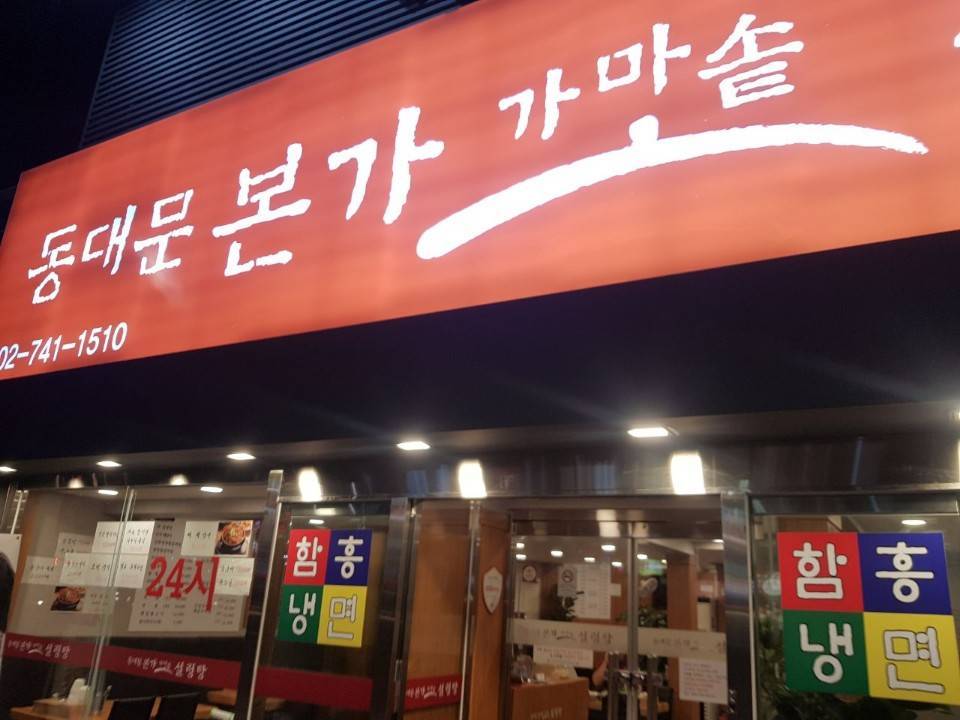
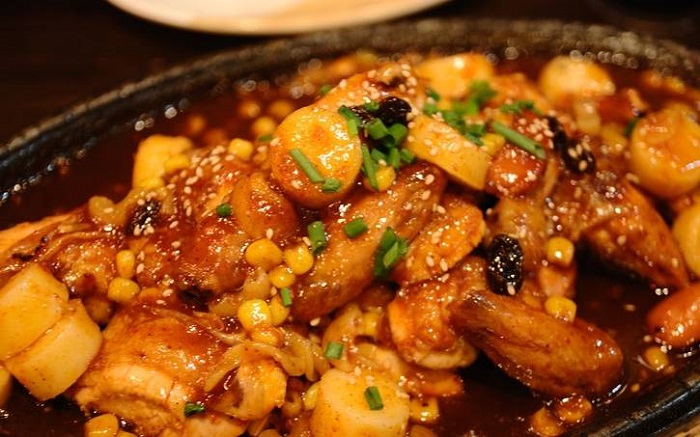

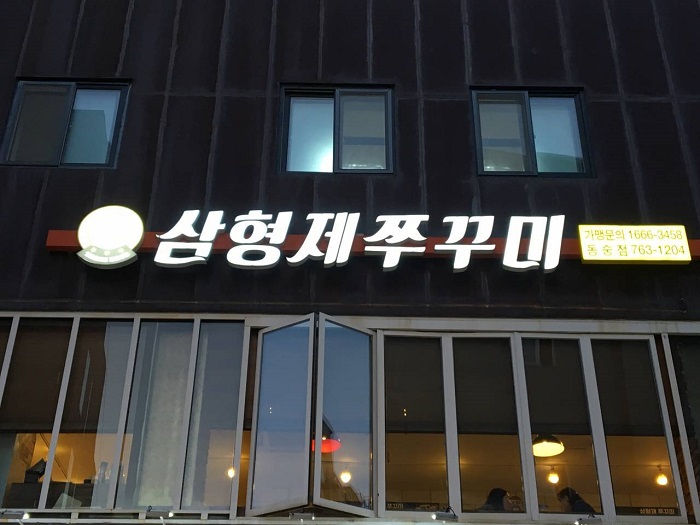
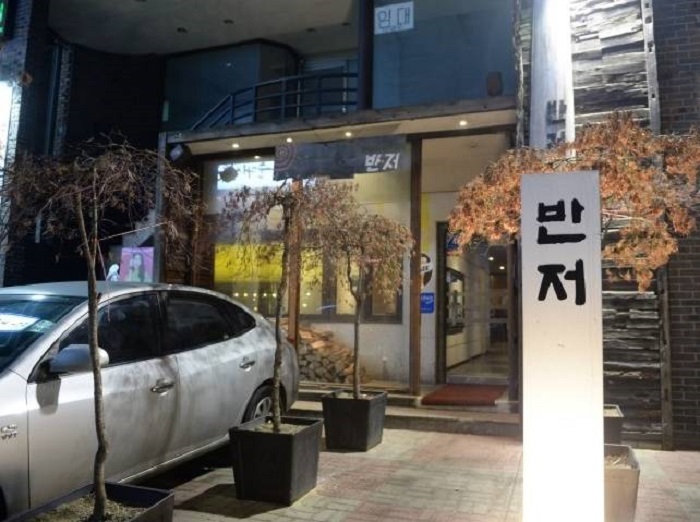
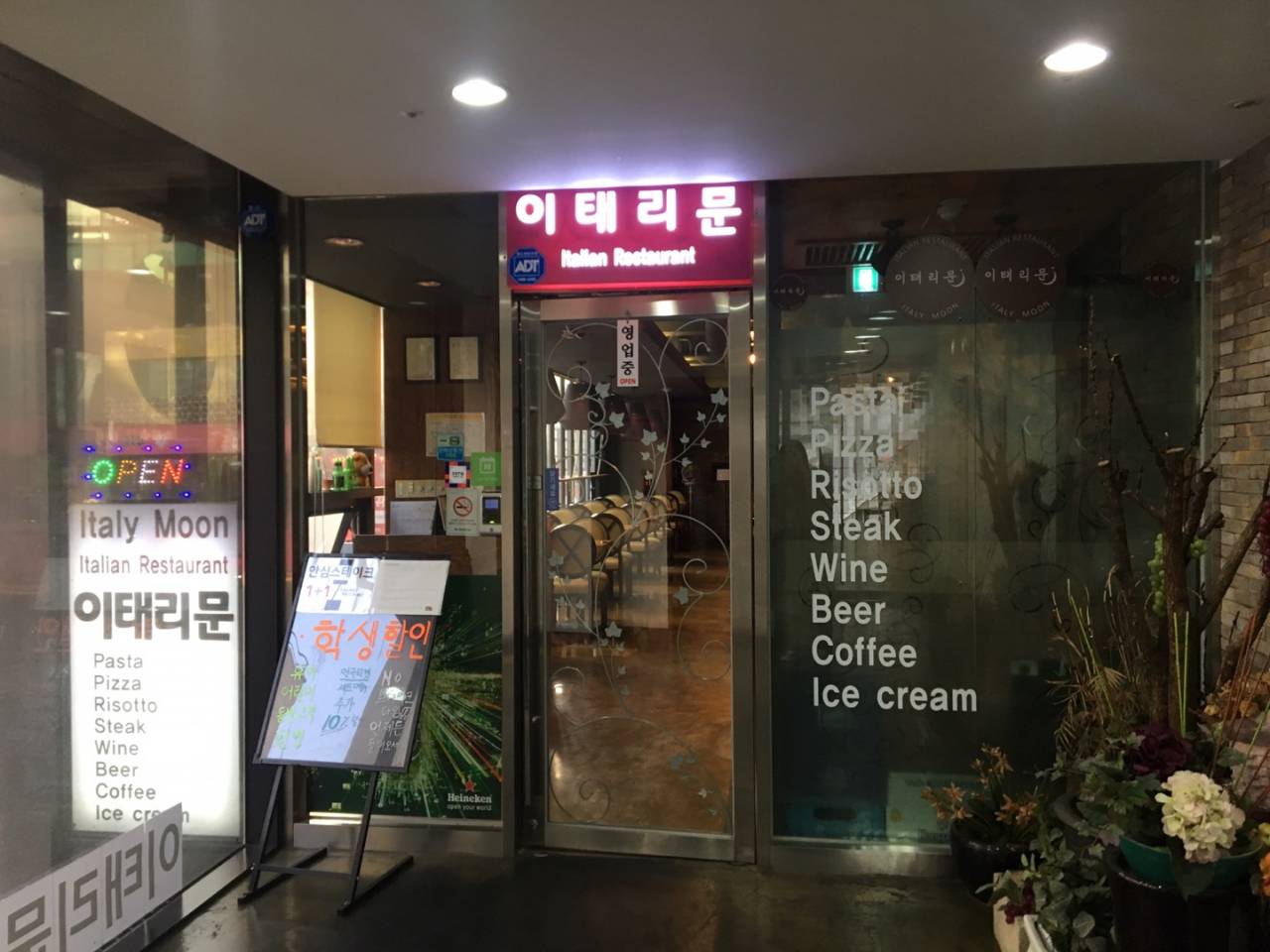
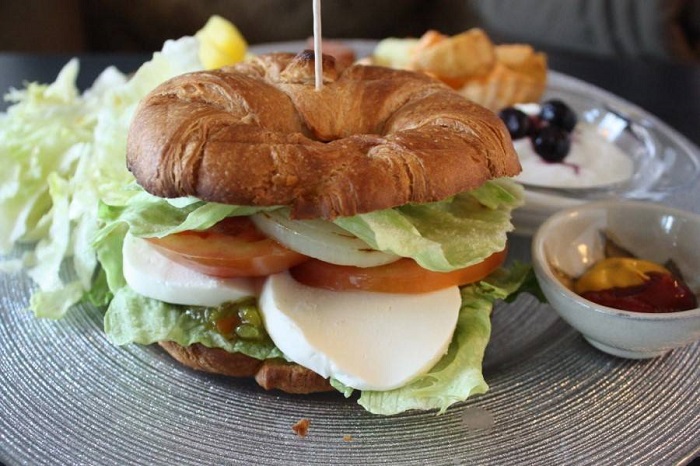

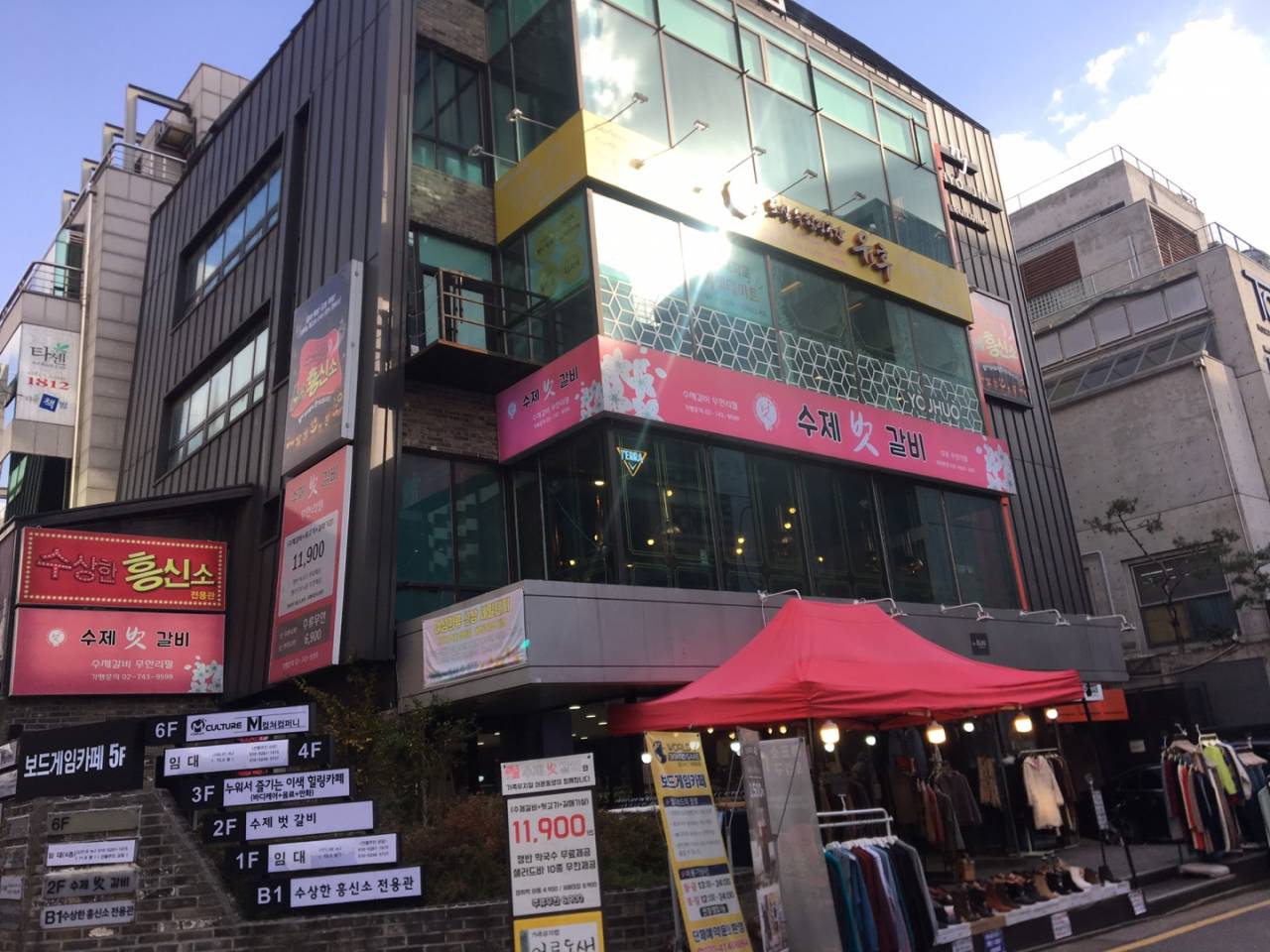
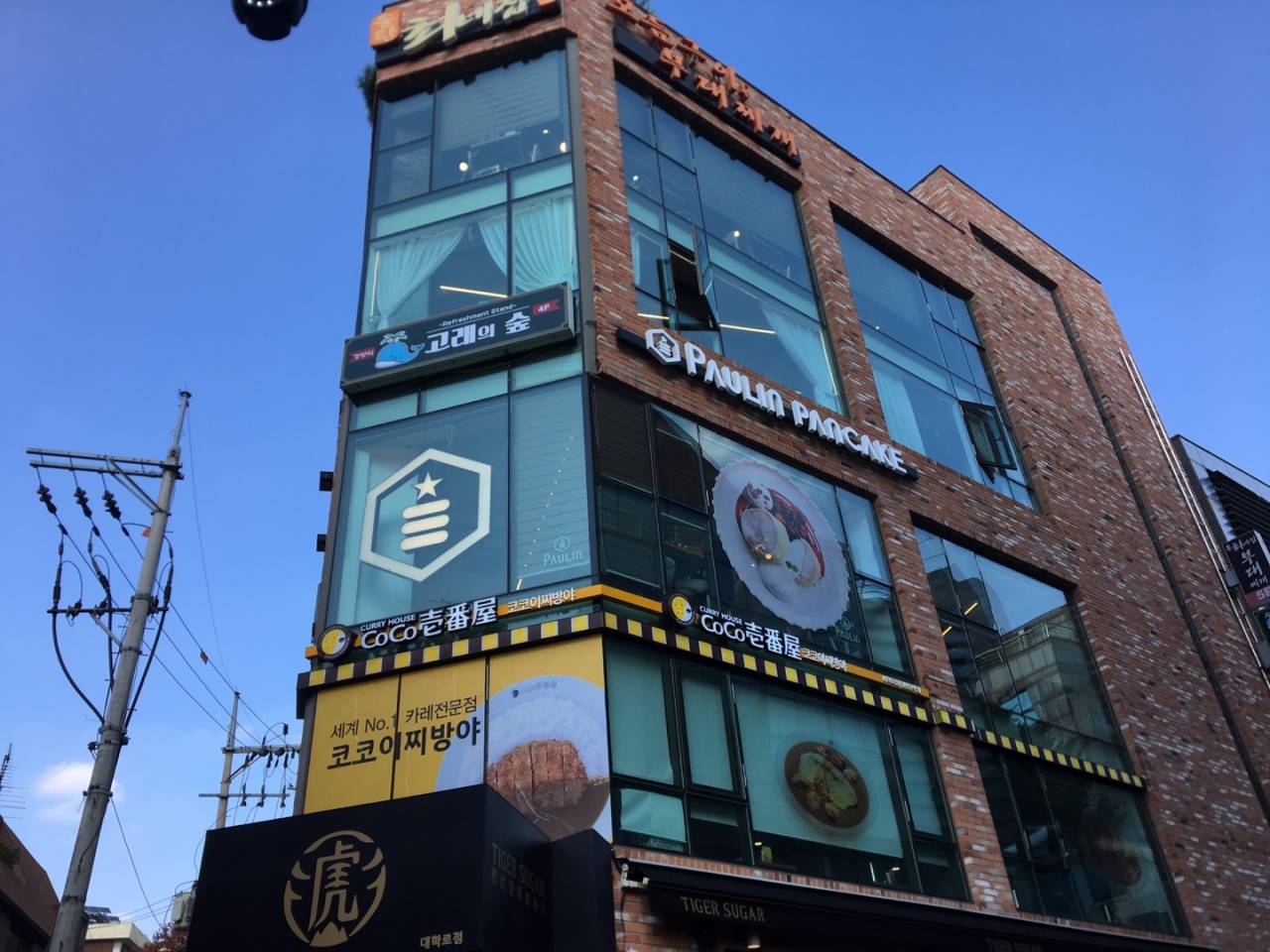
 Español
Español
 한국어
한국어 English
English 日本語
日本語 中文(简体)
中文(简体) Deutsch
Deutsch Français
Français Русский
Русский